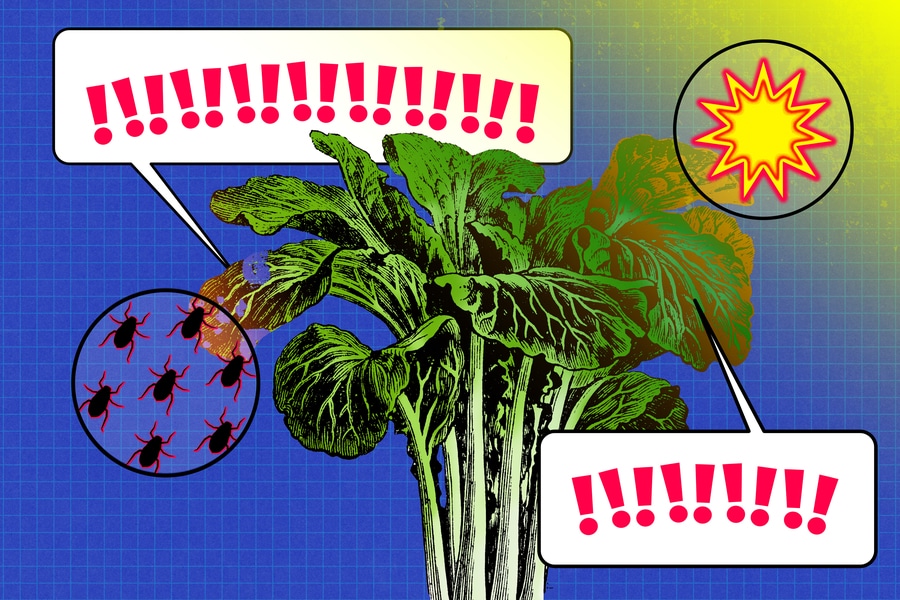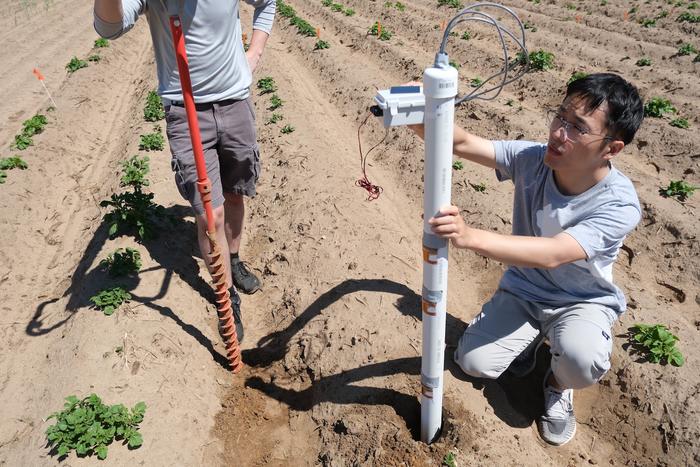Using innovative technology, researchers have developed sensors that detect critical stress signals in plants, enabling real-time crop monitoring and potentially transforming agricultural practices.
Researchers from the Massachusetts Institute of Technology (MIT) and the Singapore-MIT Alliance for Research and Technology (SMART) have introduced a pioneering pair of sensors crafted from carbon nanotubes in a recent news release. The nanotubes are designed to identify when plants are under stress from environmental factors like heat, light, or attacks by insects or bacteria. These sensors are sensitive to two crucial signaling molecules, hydrogen peroxide and salicylic acid, which plants use to orchestrate their stress responses.
“What we found is that these two sensors together can tell the user exactly what kind of stress the plant is undergoing. Inside the plant, in real time, you get chemical changes that rise and fall, and each one serves as a fingerprint of a different stress,” explained Michael Strano, the Carbon P. Dubbs Professor of Chemical Engineering at MIT and one of the senior authors of the study.
Their discovery was detailed in a recent publication in Nature Communications, co-authored by Sarojam Rajani of the Temasek Life Sciences Laboratory, Singapore.
The newly developed sensors detect hydrogen peroxide and salicylic acid at distinct times depending on the stress type, thereby creating unique patterns that could serve as an early warning system for farmers. This technology offers a significant advantage by allowing interventions before crop damage occurs.
In 2020, Strano’s lab crafted a sensor capable of detecting hydrogen peroxide, a molecule signaling distress in plants due to insect attacks or other stresses like bacterial infections or excessive light. The recent study extended this innovation to salicylic acid detection, a key molecule in plant growth and stress response regulation.
The researchers embedded these nanosensors into plants by applying them in a solution to the underside of leaves, where they enter through stomata and reside in the photosynthesizing mesophyll layer. When activated, these sensors emit a detectable fluorescent signal, which was tested on pak choi subjected to various stresses like heat, intense light, and bacterial infections.
Strano said the findings represent a ‘language’ that plants use to coordinate their response to stress. This communication triggers additional plant responses, aiding survival against the encountered stress.
“Plants don’t have a brain; they don’t have a central nervous system, but they evolved to send different mixtures of chemicals, and that’s how they communicate to the rest of the plant that it’s getting too hot, or an insect predator is attacking,” Strano said.
This method stands out as the first to deliver real-time plant data and the only one applicable to virtually any plant type. Unlike traditional sensors, which rely on fluorescent proteins that must be genetically integrated into specific plants like tobacco or Arabidopsis thaliana, this technology is versatile and universally deployable.
The team is now enhancing these sensors to establish “sentinel plants” that can provide farmers with advanced alerts of crop stress, enabling earlier interventions. For instance, when plants lack sufficient water, they typically turn brown—a late-stage symptom that often signals it’s too late for effective action.
Additionally, this technology could pave the way for systems that not only detect plant distress but also initiate corrective measures, such as adjusting greenhouse temperatures or light levels.
“We’re incorporating this technology into diagnostics that can provide farmers with real-time information much faster than any other sensor can, and fast enough for them to intervene,” Strano explained.
This breakthrough sensor technology not only provides real-time insights into plant health but also holds potential for developing systems that could proactively respond to detected stresses, revolutionizing the way farmers monitor and manage crop health.
Further research is underway to expand the range of detectable plant signaling molecules, aiming to deepen understanding of how plants respond to various stresses and stimuli.











